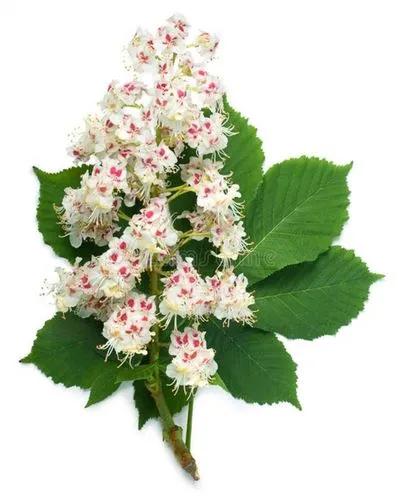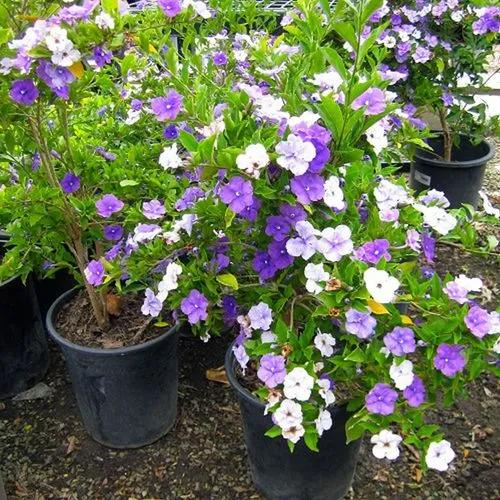Gypsophila is a representative of the Caryophyllaceae family. It is also called “Baby’s-breath”. Many species of gypsophila grow on limestone. Genus of gypsophila includes more than a hundred species, they can be found in Eurasia, and in Australia, and In new Zealand, in North-East Africa.The gypsophila flowers are predominantly white in color and the diameter is 0.4-0.7 mm. are the types and with pink color. Flower stalk leafless, with a length of 10-50 cm Subshrub species can reach 120 cm.
Russian Vine Care
Gypsophila Muralis



How to Care for the Plant

Water

Water with a deep soaking every two or three weeks. The plant will tolerate somewhat dry soil and does well in drought conditions.

Pruning

Cutting down the flower stems after flowering will often produce a second flush of flowers in late autumn.

Fertilizer

Fertilize once a month during the growing season. All-purpose fertilizers provide equal amounts of nitrogen, phosphorus and potassium, indicated on the label with the ratio of each element, such as 10-10-10.

Sunlight

Best in full sun.

Soil

Moist but well-drained, deep fertile soil (chalk, sand or loam). Alkaline or neutral pH. Dislikes heavy or waterlogged conditions. Ideal for dry gardens.

Temperature

Hardiness: Half-hardy (protect from frost) to fully hardy

Popularity

243 people already have this plant 71 people have added this plant to their wishlists
Discover more plants with the list below
Popular articles






